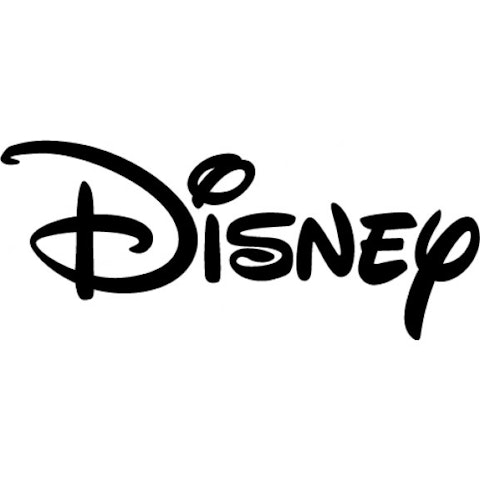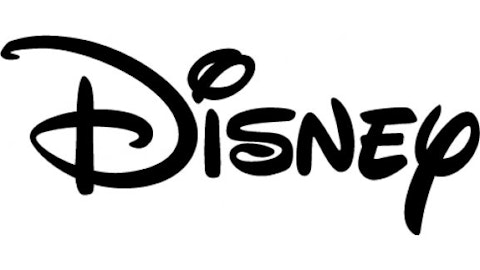
As the No. 3 highest-grossing movie distributor in 2012, releasing 18 films and generating more than 1.5 billion domestically in revenue, The Walt Disney Company (NYSE:DIS)’s appeal to all ages generates it a market share of over 14%. After its Marvel acquisition in 2009, Disney widened its audience viewer age range, with the likes of The Avengers, which generated more than $620 million in the U.S. alone. On May 3, Disney released Marvel’s Iron Man 3, which has generated $406 million domestically. And in mere weeks since its release on June 21, Monsters University has generated over $400 million at the box office, $184.4 million from overseas. Though things appear to be going extremely well, there have been minor setbacks in the success of some of Disney’s movies. Disney’s release of The Lone Ranger flopped, taking in a mere $48.7 million domestically, while Despicable Me 2, released by Comcast Corporation (NASDAQ:CMCSA)‘s Universal, generated $141 million within a week.
Despite the failure of The Lone Ranger, looking ahead, The Walt Disney Company (NYSE:DIS) has a strong pipeline of blockbuster sequels that the company plans on releasing in subsequent years, such as Finding Dory, the sequel to the highly successful Finding Nemo, in 2015 and Star Wars Episode VII, also in 2015, which analysts predict to gross $1.2 billion.
While The Walt Disney Company (NYSE:DIS) has proven itself time and time again in the movie business, its foray into the video game market has yet to live up to the success that accompanies its name. Disney’s video game business model has always been that a recognizable character base takes precedence over any other gaming aspect, such as game play interface, graphics, or plot line. Whereas Disney previously marketed to the teenage demographic with the likes of Kingdom Hearts, its most recent focus is the preteen and younger age classification with the company’s newest product, Disney Infinity. With Disney Infinity, the consumer purchases toys that are then synthesized with the video game on any recent-generation console. The first-generation character base includes various Disney characters from its newest releases, such as from The Lone Ranger, The Incredibles, Monsters University, and Cars 2. Disney Infinity will be released in August, and hopes to rival the likes of the $1 billion industry of Activision Blizzard, Inc. (NASDAQ:ATVI)‘s Skylanders, which has more or less the same structure as Disney Infinity but without the famous characters Disney brings to the table. Investors should keep in mind that Skylanders has been in existence for the past two years, and has a strong marketing campaign; Activision Blizzard, moreover, may have already captured the majority of the market share in this field. You can read more of my analysis of the Skylanders versus Disney Infinity debate in my most recent article. Although the success of Skylanders could hold back The Walt Disney Company (NYSE:DIS) initially, the popularity of Disney’s movies only helps to market the physical toys that are essential to the game.

Source: Infinity.Disney.com.
Growing up in the Washington, D.C., area and traveling the interstate highway, better known as the Beltway, up until the age of about 7, I was convinced that the Mormon Temple was in fact the famous castle that is trademark to the one and only The Walt Disney Company (NYSE:DIS)World. I later learned, disappointingly, that I lived almost 800 miles from the world’s most visited theme park, which had more than 17 million visitors in 2012. And what was the second-most-visited theme park in the world? Disneyland in California, which had more than 15 million visitors in 2012. How about the next six most-visited theme parks? All owned by Disney. According to its 2012 annual report, Disney generated $12.9 billion in revenue from Parks and Resorts, up 10% from the previous year. As for 2013, things are looking even better. The percentage of visitors to Disney’s domestic parks rose 7% in its second quarter. As for the number of visitors this summer, a recent TripAdvisor survey indicated that 86% of respondents are planning a leisure trip this summer, which is up 7% compared to last year’s travelers. With the success of all the Disney-related parks, and the projected summer traveling, Disney’s parks and resorts revenue will only grow.
The article The Wonderful Stock of Disney originally appeared on Fool.com and is written by Timothy Boyle.
Fool intern Timothy Boyle has no position in any stocks mentioned. The Motley Fool recommends Activision Blizzard and Walt Disney. The Motley Fool owns shares of Activision Blizzard and Walt Disney.
Copyright © 1995 – 2013 The Motley Fool, LLC. All rights reserved. The Motley Fool has a disclosure policy.



